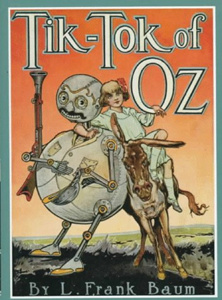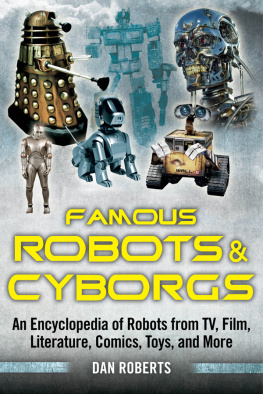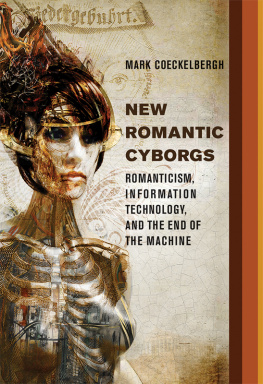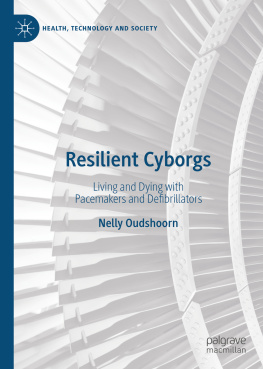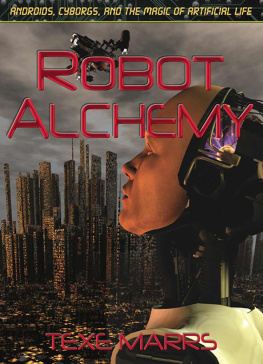First published in Great Britain in 2012 by
Remember When
An imprint of
Pen & Sword Books Ltd
47 Church Street
Barnsley
South Yorkshire
S70 2AS
Copyright Dan Roberts 2012
PRINT ISBN 978 1 84468 079 5
PDF ISBN: 9781783376230
EPUB ISBN: 9781783376254
PRC ISBN: 9781783376247
The right of Dan Roberts to be identified as Author of this work has been asserted
by him in accordance with the Copyright, Designs and Patents Act 1988.
A CIP catalogue record for this book is available from the British Library.
All rights reserved. No part of this book may be reproduced or transmitted
in any form or by any means, electronic or mechanical including
photocopying, recording or by any information storage and retrieval
system, without permission from the Publisher in writing.
Typeset in 11pt Bembo by Mac Style, Beverley, East Yorkshire
Printed and bound in the UK by CPI Group (UK) Ltd, Croydon, CRO 4YY
Pen & Sword Books Ltd incorporates the imprints of Pen & Sword Aviation, Pen
& Sword Maritime, Pen & Sword Military, Wharncliffe Local History,
Pen & Sword Select, Pen & Sword Military Classics, Leo Cooper,
Remember When, Seaforth Publishing and Frontline Publishing
For a complete list of Pen & Sword titles please contact
PEN & SWORD BOOKS LIMITED
47 Church Street, Barnsley, South Yorkshire, S70 2AS, England
E-mail:
Website: www.pen-and-sword.co.uk
Chapter 1
Frequently Asked Questions
What is a robot?
An automaton or computer often in a vaguely anthropomorphic form, i.e. resembling the shape of a human. (Writer Isaac Asimov said It will be easier to be friends with human-shaped robots than with specialized machines of unrecognizable shape.) A robot is built to perform tasks which human beings find too boring or too difficult, or for which we simply do not have the physical or mental capacity.
What is a cyborg?
A cybernetic organism, partly robot and partly organic. It can be a humanoid who uses technology to a greater or lesser extent to enhance his/her physical existence by incorporating it with his/her human form, or a creature whose robotic circuitry is integrated with that of another organic being, e.g. an animal.
Why do so many stories about robots exist?
The automaton as a character is an endless source of inspiration for the storyteller in many media. Although the word Robot itself can be traced back to Karel apeks 1920 play R. U.R (Rossums Universal Robots), writers fascination with automata can be seen in earlier works, for example by E.T.A Hoffmann and Villiers de lIsle Adam. Humanity is interested in achieving the seemingly unachievable can a robot be given the power by humanity to do things we cannot? The answer, of course, is yes, but how far will these abilities stretch.?
Could we one day invent a robot or cyborg which will replace us?
Brian Aldisss short story Who Can Replace A Man? envisages this point, where intelligent machines have taken over the world. And what if the machines, our own creations, turned on us and we needed to fight back? Its a notion frighteningly brought into the twenty-first century by the Terminator film franchise.
Why do we find the robot so compelling?
Because they are like us, and yet not. They embody many aspects of the human form and yet are so distant in many ways from the experience of the human condition. On one level, it must be that odd fascination with the almost-human, of what could be if our emotions and our spontaneity were somehow limited, controlled. The tensions between humanity and robots, that odd closeness-yet-distance which makes them like us yet so unlike us, has inspired many creative minds in film and television. The quirkiness of giving an automaton a close-to-human personality is a richly fertile area for amusement, whether the creation in question is tetchy and imperious like the Doctors K-9, fussy and concerned like C-3PO, or simply quietly learning like Star Treks Data. Many of the robots we see here are compelling because they are so like, yet unlike, humanity mimicking the form while possessing none of the substance. If only Humanity had rules; laws like those for robots as set down by Isaac Asimov
What are Asimovs Laws?
1. Robots must never harm human beings or, through inaction, allow a human being to come to harm.
2. Robots must follow instructions from humans, but without violating rule 1.
3. Robots must protect themselves without violating the other rules.
Even as we read them today, we can see the potential problems and contradictions which might arise. What if a robot needed to protect itself, but this process involved attacking and destroying a hostile human being? On such dilemmas are the best sci-fi ideas built.
What can robots do that we cannot?
Data recall is a key robot trait. An enormous array of knowledge and memory is exhibited by automata both in fact and in fiction. Knowledge is power knowing not just what human beings have done in the past but what they are doing now (CCTV, for example, presaged in such living computer classics as Colossus and Demon Seed), and predicting where they might end up in any number of possible futures.
What can we do that robots cannot?
Feel love, hate, fear Emotion is what makes us human; the genuine capacity to allow our heart sometimes to rule our head. We have our animal instincts, but tempered with reason. Shakespeares Iago expressed the balance thus: but we have reason to cool our raging motions, our carnal stings, our unbitted lusts. (Othello, Act I, Scene 3.) How could a robot ever reproduce that balance? The Tin Man sought a heart because that, for him, represented humanity. Star Treks Data needs a special chip to provide him with artificial emotion. The Doctor in Doctor Who berates the Cybermen because they cannot remember when they last had the pleasure of smelling a flower, watching a sunset, eating a well-prepared meal. Perhaps this enables us to feel safe because no matter how advanced artificial intelligence becomes, it can never be truly human. The fulfilment of Alan Turings test, a machine which cannot be distinguished from a human being, may be a long way off. Biologist Richard Dawkins, though, in The Selfish Gene, sees more in common between humans and robots in one sense: We are survival machines, he says, robot vehicles blindly programmed to preserve the selfish molecules known as genes. This is a truth which still fills me with astonishment.
What is an autonomous robot?
One which functions under its own control instead of following programmed instructions or being controlled by a human operator. It reacts to its own environment and makes decisions based on what it knows and has learnt. Additions such as vision, touch, and light sensors can help to work towards making a robot autonomous. To process information from a sensor, a robot brain microcontroller is typically used.
Are robots frightening?
A good, efficient robot simply gets on with its task in an implacable manner, incapable of being flustered or of suffering the effects of stress, moods or fatigue. It should be there in the background, beavering away, quietly sparing Humanity from the tasks which are too safe, too boring, too repetitive. But the very anonymity of robots is what can cause them to be a little unsettling to us. Writers throughout the twentieth century have played on the tension between the anthropomorphic look of a robot, its lack of the body language signals we read in humans, and the terrifying blankness that exists where we would expect to read doubt, fear, love, hate. This is automatonophobia the fear of robots and, indeed, of anything else which superficially looks like a human being but does not behave like one, e.g. a ventriloquists dummy, a waxwork, etc. We cannot cajole a robot, plead with it, persuade, bribe, or threaten it. The robot simply does what it is logically programmed to do. The cyborg is more complex, existing where flesh meets metal, where synapses meet circuitry. It has, ideally, the best qualities of both humanity and technology or perhaps the worst. What happens at the interface of the body and robotics? How do the two work together, and where does the irrational organic take over from the cold, calculating computer? Again, this has been fertile ground for sci-fi writers over the years.



